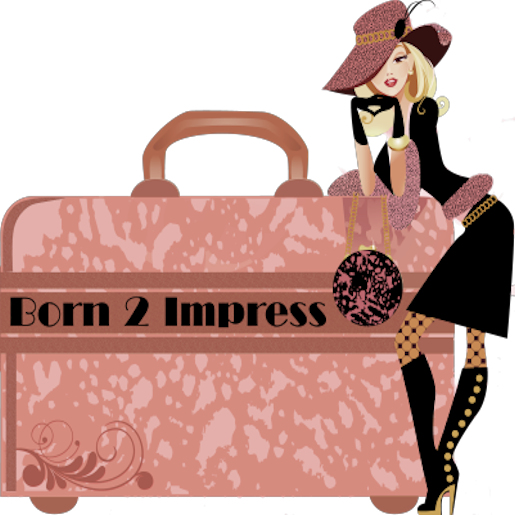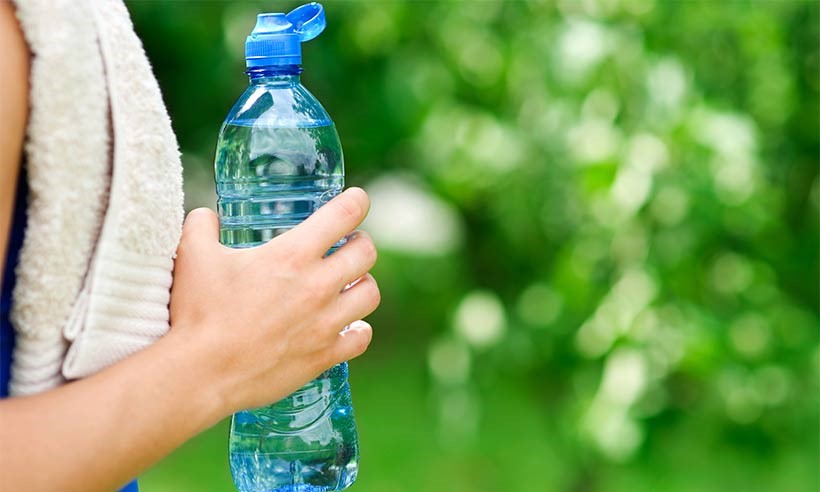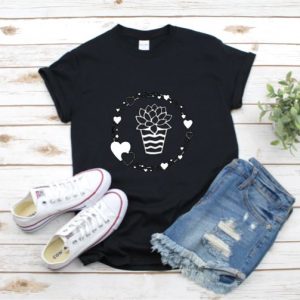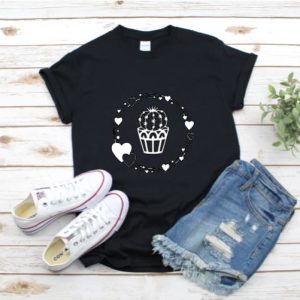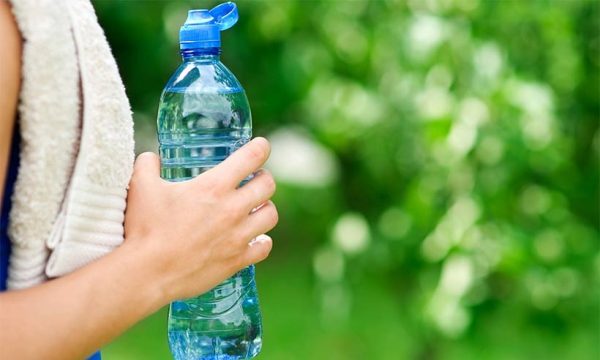
Ever wondered where the idea of bottled water came from or when it started? Then read on. Bottled water made for drinking, comes in various shapes and sizes. Some companies boast of it being as natural as water from the well, others claim it is from the mountains and Springs of the Alps. The modest ones make claim to it being distilled water, mineral water – still or sparkling, your choice.
Who would have ever dreamt that we would be in an era where water is bottled and sold and comes in so many different varieties? It’s a hard pill to swallow but it is there and consumers have made it a significant part of their lives as if we always had it.
Even the packaging comes in different materials like plastic and glass or metal water bottles.
Although containers to bottle water and then transport it, were part of the earliest human civilizations as it was called the ‘stone-ages’. The process itself, of bottled water, actually began in the United Kingdom at a place called Holy Well in 1621. Here the water was bottled. Learn more about it here: https://web.archive.org/web/20130120230718/https://www.sytu.edu.cn/zhgjiu/u7-2.htm
After this, American colonialists in the 17th and 18th centuries made it a popular concept to go to the spa and for recreational activities like water-therapy, and later spread and became popular amongst Europeans as well. The first commercially distribution of bottled water was being done in America and sold by a company called ‘Jackson’s Spa’ in 1767 in what was then a smaller city called Boston. The idea that drinking the water from which it came from, i.e. the natural springs, and bathing or swimming in it, helped heal various common ailments of the body.
Carbonated water (with bubbles), the version we call ‘Sparkling water’ nowadays, came about in the 1800s when a gentleman by the name of ‘Joseph Hawkins’ was granted his first patent for what he called ‘imitation mineral water’. This idea spread like wild-fire, and bottling water became extremely prevalent and after having found better processes to quicken the process of bottling the water, production and manufacturing of this grew ten-fold and even the idea itself; that the bottled water was a lot safer to drink than tap water itself, especially during a time when both typhoid and cholera was rampant. At the time one company called ‘Saratoga Springs’ took full advantage and scaled to the top of the competition because they took on producing massive amounts of up to 7 million bottles a year.
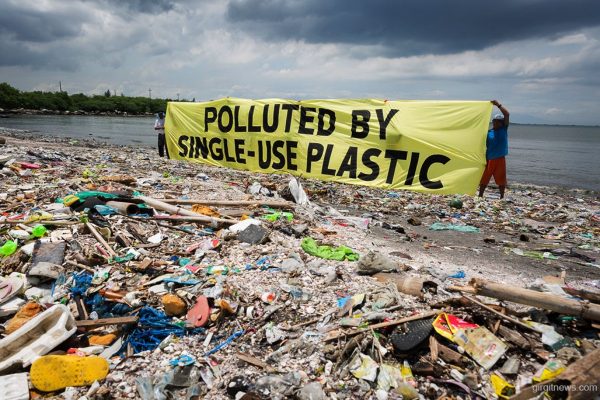
This idea remained more popular in Europe than anywhere else. It quickly became common in all the cafés and grocery food and drinks stores, and Perrier, the water we still drink till today, was one of the top-rated bottled water drinks on the market and has been so since 1863. This brand had now become a ‘lifestyle’ and has grown significantly and expanded its portfolio to include, not only carbonated spring water but also more trendy products mixes like flavored water and juices, etc.
The down-side
As with everything in life, too much of a good thing, can’t always be wonderful. Enter, plastic and its effects on the environment.
There has been no better time than now to emphasis the detrimental effects plastic is having on the environment. Sure, drinking water is good for your body. But throwing that plastic bottle into the trash after, not so much.
For countless decades, there has been a debate about plastic vs glass bottles, and anyone who has lived long enough to see the changes and impact this is having on the environmental health can tell you that using plastic items is one of the worse things you can do for the earth. It’s simple – plastic is not eco-friendly or bio-degradable. So, the solution that makes the most sense for this would be to switch.
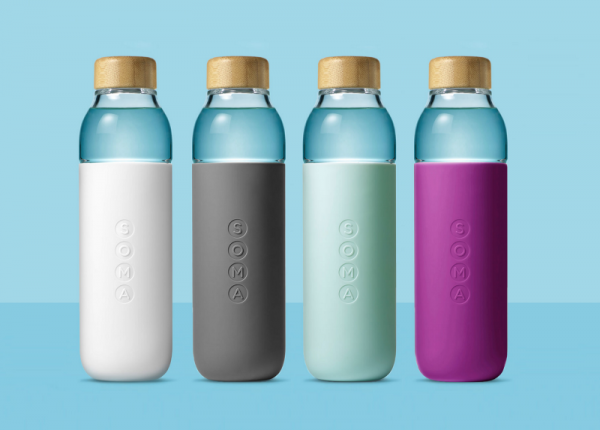
What are my options?
Buying water bottles constantly can also have financial implications. Imagine on average one water bottle costs $5-$10, and you buy 2 a day for 365 days…do the math. You can easily use that expense on something a little cleverer like a water filter pitcher for instance.
There are countless options to get really good-quality ones for reasonable prices and all you need to spend money on is to replace the filters or cartridges. If you don’t know which one to buy, there are a lot of tests and reviews been done for all the popular brands and you can easily look for their website and make a choice that will cost you a lot less than those plastic water bottles you have been buying, drinking and throwing in the trash on a daily basis, which to the detriment of our eco-system, more often than none, ends up in our seas and in the bellies of sea animals.
You can choose anything from the list below which would vastly improve your lifestyle, along with the environment and you can feel good for saving the earth.
Some of the countless eco-friendly alternatives to using plastic water bottles, or any plastic items for that matter are to rather chose materials like:
- Glass
- Ceramic
- Stainless steel
- Boxed or paper bottles
- Plant-based materials
See more here.
And they look so much nicer as well!

